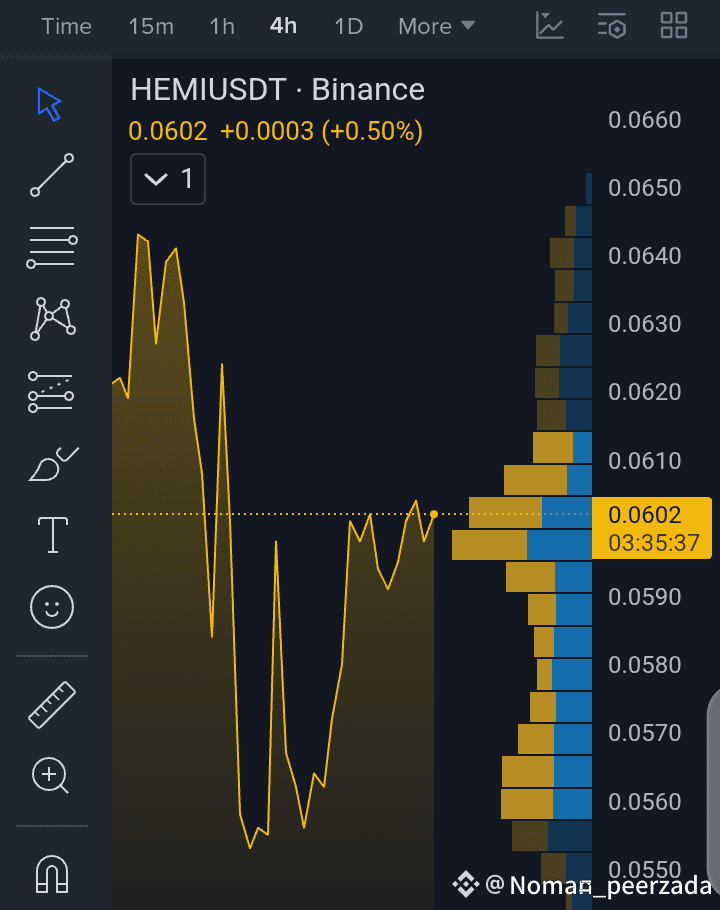In the evolving landscape of blockchain technology, few challenges have proven as persistent as the divide between Bitcoin's robust security and Ethereum's versatile programmability. Bitcoin, with its $2.1 trillion market capitalization as of late 2025, stands as the unchallenged store of value, yet its rigid scripting language has long confined it to simple transactions. Ethereum, meanwhile, powers a thriving ecosystem of decentralized applications through smart contracts, but it grapples with scalability and inherited risks. Hemi emerges as a thoughtful response to this tension, functioning as a modular Layer 2 protocol that treats Bitcoin and Ethereum not as rivals, but as interconnected components of a unified "supernetwork." By embedding Bitcoin's native data directly into an Ethereum-compatible environment, Hemi enables developers to build applications that leverage both chains' strengths without the vulnerabilities of traditional bridges. This approach doesn't just connect ecosystems; it redefines how value flows securely across them, opening pathways for Bitcoin to participate meaningfully in decentralized finance.
At the heart of Hemi's architecture lies the Hemi Virtual Machine, or hVM a hybrid execution layer that embeds a full Bitcoin node within an Ethereum Virtual Machine. This design allows smart contracts written in familiar Solidity to query Bitcoin's state in real time, accessing details like block headers, transaction histories, and UTXO balances without relying on oracles or wrapped assets. Consider a developer crafting a lending protocol: on Hemi, the contract can directly verify a user's Bitcoin holdings for collateral, ensuring atomic settlement back on Bitcoin. This native visibility eliminates the trust assumptions that plague many cross-chain solutions, where intermediaries might introduce points of failure. Hemi's modular structure further enhances this by supporting customizable rollups, where chains can be tailored for specific workloads whether high throughput trading or privacy focused computations while inheriting Ethereum's tooling for deployment and auditing. The result is a system where Bitcoin's immutability bolsters Ethereum-style innovation, creating a foundation that's both performant and resilient.
Security remains paramount in Hemi's framework, achieved through its innovative Proof-of-Proof consensus mechanism. Unlike standard proof-of-stake models, Proof-of-Proof requires validators to stake both Hemi's native token and Bitcoin simultaneously, aligning incentives across chains. Transactions on Hemi achieve "superfinality"a state exceeding Bitcoin's own confirmation standards in mere hours, as proofs are anchored to Bitcoin's blockchain via periodic commitments. This dual-staking model not only deters malicious behavior but also distributes security economically: validators earn yields from both assets, fostering a self-reinforcing loop of participation. Hemi's Tunnels complement this by facilitating asset transfers without custodial risks. Users lock Bitcoin on its native chain, generating a cryptographic proof that's verified on Hemi for a mirrored representation. Withdrawals reverse the process seamlessly, with zero-knowledge proofs ensuring privacy on the Ethereum side. In practice, this means Bitcoin holders can deploy their assets into Hemi-based DeFi without relinquishing control, a critical step toward broader adoption.
The HEMI token serves as the economic glue binding Hemi's operations, embodying a utility-driven model that rewards network health. Primarily, it acts as gas for transactions within the hVM, covering computational costs in a predictable fee structure that scales with usage. Stakers lock HEMI alongside Bitcoin to participate in consensus, earning a share of block rewards and a portion of protocol fees creating a value accrual mechanism tied directly to throughput. Governance follows a bicameral approach: HEMI holders propose and vote on upgrades via on-chain mechanisms, while a Bitcoin anchored oracle layer allows BTC stakers to signal preferences, ensuring decisions reflect the supernetwork's dual heritage. This hybrid governance prevents centralization, as no single asset dominates voting power. Token distribution emphasizes long-term alignment, with allocations for early contributors, ecosystem grants, and liquidity incentives, all vesting over multi-year schedules to mitigate short-term speculation.
What sets Hemi apart in real-world application is how it operationalizes Bitcoin DeFi through concrete use cases, transforming abstract programmability into tangible utility. Take trustless staking: users tunnel BTC into Hemi, where it secures validator sets or liquidity pools, generating yields from lending or derivatives without ever leaving self-custody. A protocol built on Hemi might enable BTC-collateralized loans, where borrowers access Ethereum-based stablecoins while lenders earn interest settled in satoshis directly on Bitcoin for finality. Another example is tokenized real world assets: Hemi's hVM allows issuers to mint representations of off chain bonds backed by Bitcoin reserves, tradable across chains with automated compliance checks. In a recent institutional pivot, Hemi's infrastructure now underpins regulated treasury platforms, where firms manage BTC portfolios with programmable rules for rebalancing and reporting. These aren't theoretical; with over $1.2 billion in total value locked by mid-2025, Hemi demonstrates viable liquidity flows, from retail yield farming to enterprise grade interoperability.
Hemi's design philosophy underscores a broader lesson in blockchain engineering: true innovation arises from synthesis, not isolation. By prioritizing native security over shortcuts, Hemi avoids the pitfalls of fragmented liquidity that have slowed other Layer 2s. Its tokenomics incentivize sustainable growth, while governance ensures adaptability without compromising decentralization. As Bitcoin's dominance persists, Hemi positions itself as the conduit for its capital to fuel DeFi's expansion educating users on how a $2.1 trillion asset class can evolve from passive reserve to active participant. For developers and investors alike, exploring Hemi reveals not just a project, but a blueprint for cohesive, secure multi chain futures.
